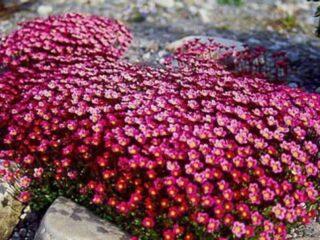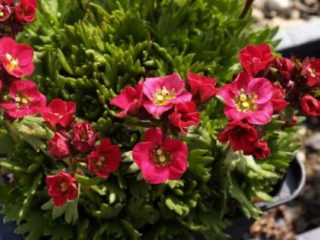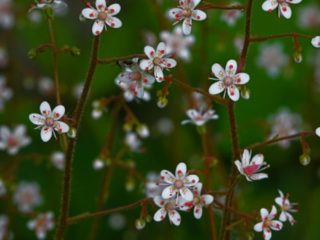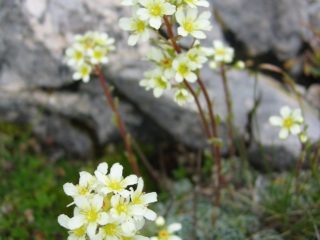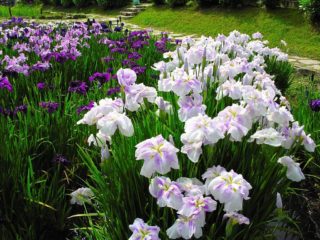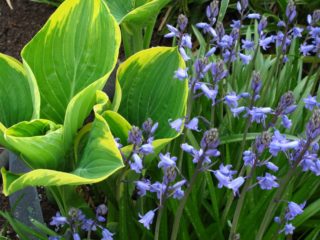Content
Marsh saxifrage is a rare plant listed in the Red Book. It has a striking appearance and has healing properties that are successfully used in folk medicine. Critically endangered, the saxifrage came under the supervision of environmental authorities, who carefully monitor the spread and development of the plant.
Botanical description of the species
The marsh saxifrage (lat. Saxifraga Hirculus) is a perennial herb belonging to the genus Saxifrage, the Saxifrage family. Stems are found both single and multiple, outwardly they are simple and erect. Height ranges from 10 to 40 cm. The surface of the stem is densely covered with reddish hairs.
The marsh saxifrage has entire lanceolate leaves of an oblong shape with pointed tips. They are light green in color, their length is from 1 to 3 cm, width is from 3 to 5 mm. Down the leaves taper into a small stalk. The fruit is an oblong oval box. Its length reaches 1 cm. It blooms in summer and autumn - from July to September.
The flowers of the marsh saxifrage are single, located on the top of the plant in 2-3 large inflorescences of 10 petals. They have a bright yellow color, sometimes colored with orange dots. The shape is elliptical, oval, the length reaches 8-12 mm, the width is 3-3.5 mm.
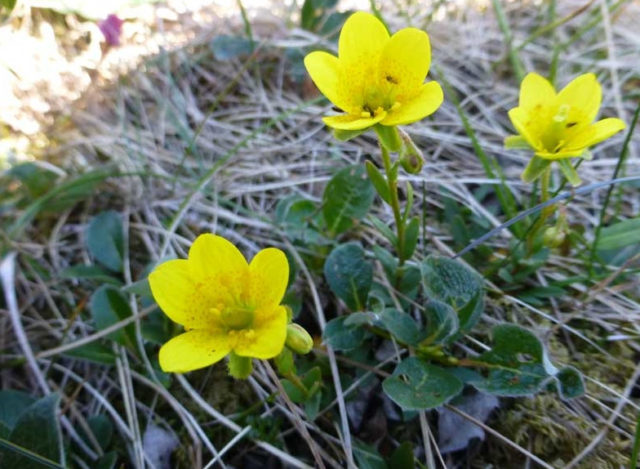
Marsh saxifrage blooms throughout the summer
Growing area
Under natural conditions, the plant is widespread in the hypoarctic cold, temperate zone and in mountainous regions: in Russia, Belarus, Ukraine, the Caucasus and Central Asia. Found in Europe, Scandinavia and North America. It grows in river areas and damp meadows, around swamps and in moss-lichen tundra.
The number and reasons for the disappearance
The plant population is declining, but this does not lead to the complete extinction of the species - it is less common in Eurasia, choosing the safest growing places.
The main reasons for the decline in the population are considered to be:
- drainage of swampy areas;
- deforestation;
- dryness of the area during the summer seasons;
- haymaking.
Marsh saxifrage is in the Red Book of many regions of Russia and the world. The spread and increase in the number of the plant is carefully monitored by specialists.
Security measures
To eliminate the threat of extinction of the marsh saxifrage, environmental authorities are taking a number of measures to increase the population and reduce the harmful effects. The plant is placed in national reserves and carefully monitored. In places of growth, audits, accounting and rescue operations are carried out.
Security measures include searching for new places of distribution, limiting harmful economic activities of a person. To increase the population of marsh saxifrage, tests are carried out, samples of artificial settlement in a suitable habitat and monitoring of plant growth and development.
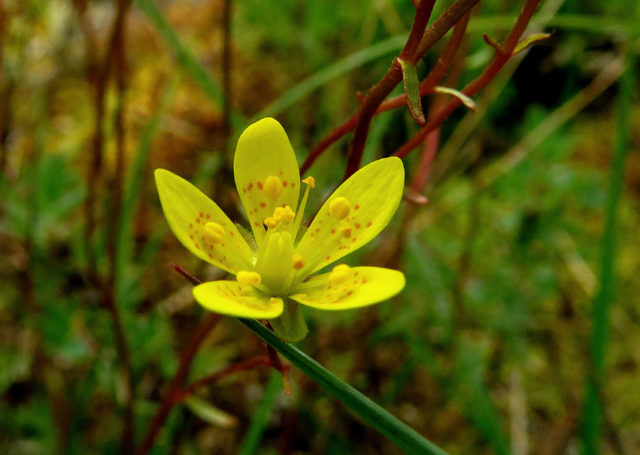
The aerial part of the plant is often used as a raw material for the preparation of infusions and decoctions.
Healing properties
All parts of marsh saxifrage (roots, seeds, flowers, leaves, stems) have healing properties. They contain tannins, which have an anti-inflammatory effect, have a positive effect on the digestive tract and cleanse the body of toxins and toxins.It is recommended to use decoctions and tinctures from the plant:
- to stimulate menstruation;
- in the treatment of heart disease;
- as a prophylaxis and therapy for gastrointestinal disorders;
- as a diuretic, analgesic and anti-inflammatory agent.
A decoction of the seeds and rhizomes of marsh saxifrage helps with skin diseases. It is used to make compresses or talkers with which problem areas are treated.
Application in traditional medicine
Swamp saxifrage is used when menstruation is delayed. To prepare the medicine you need:
- Boil a tablespoon of chopped herbs in a glass of water for 3-4 minutes.
- Let it brew for 1 hour.
- Strain thoroughly.
You need to take the product two tablespoons three times a day.
Lotions for acne and dermatitis are treated with a decoction.
Cooking process:
- Take a tablespoon of chopped saxifrage roots and 1 tsp. seeds.
- Mix the ingredients in a glass of water, simmer the mixture over low heat for 4-5 minutes.
- Strain thoroughly.
You need to process the problem area regularly, at least twice a day - in the morning and in the evening.
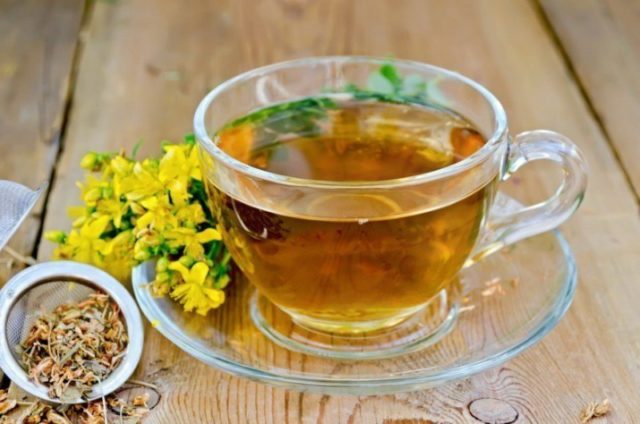
The roots are used in folk medicine for the preparation of diuretic and cleansing medicinal preparations
Contraindications
Individual intolerance is the main contraindication to the use of marsh saxifrage as a medicine. Decoctions from this plant negatively affect the state of the blood, thickening it and increasing the risk of thrombosis. Special instructions apply to pregnant and lactating women - excessive use negatively affects the well-being and health of the mother.
Is it possible to grow on the site
To breed marsh saxifrage, it is necessary to create suitable living conditions. It is a marsh plant that prefers moist soil and shaded areas for its comfortable existence. It is difficult to comply with all the requirements for growing on the site - for agricultural purposes, the "relatives" of the species, more light-loving, undemanding and winter-hardy varieties, are better suited.
Conclusion
Marsh saxifrage has many medicinal properties and is of invaluable benefit to the natural environment. The plant is not suitable for growing on the site, however, it is actively distributed by environmental authorities to maintain the population.
